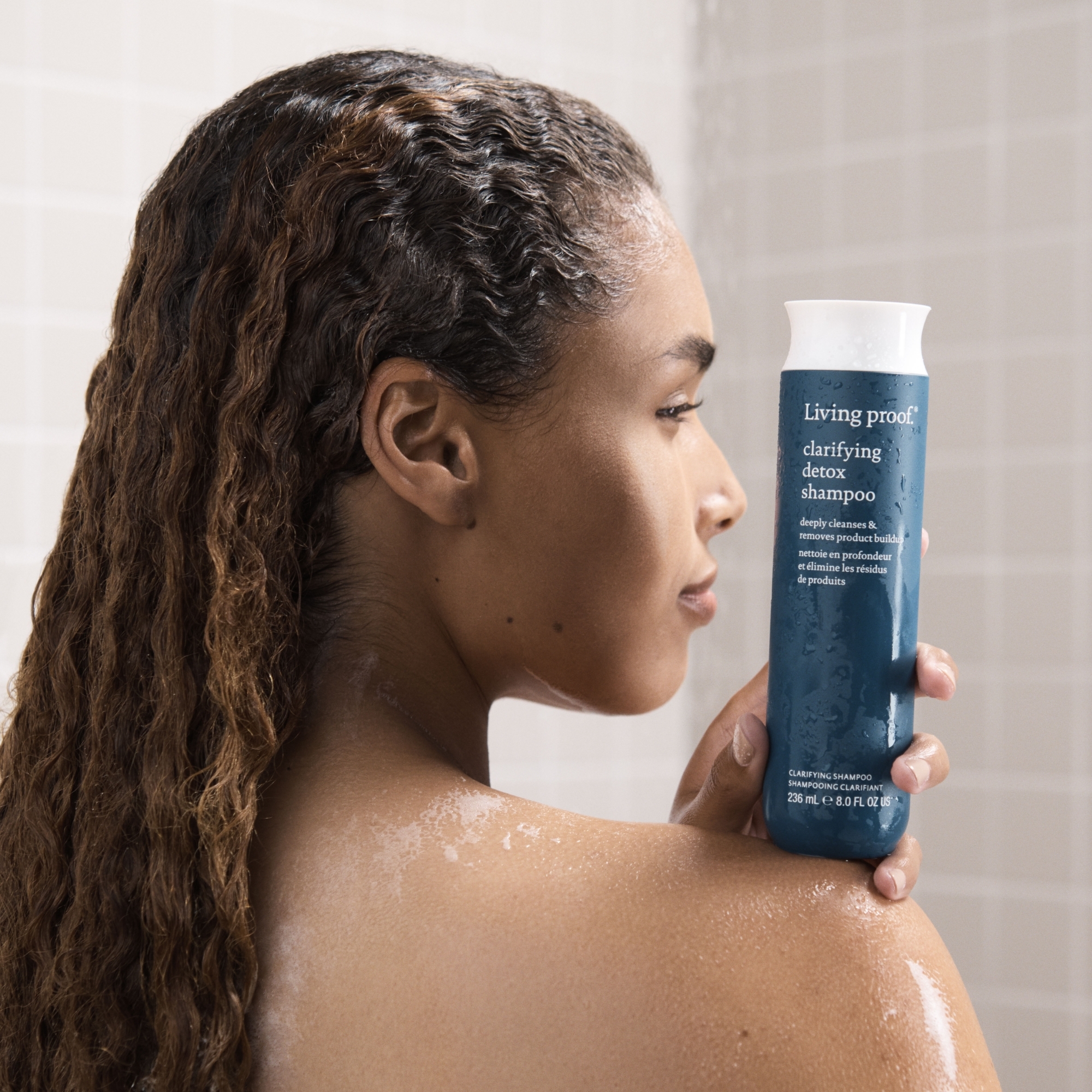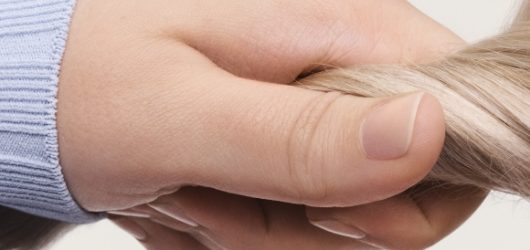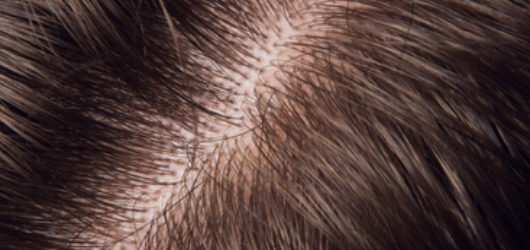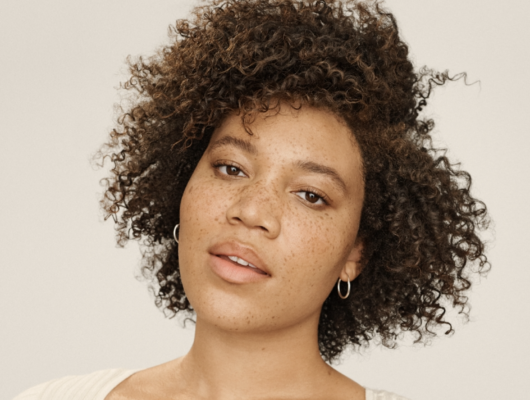
Creating the Perfect Curly Hair Routine: The Ultimate Guide
Those with curls, ringlets, or waves — or a combination of the three — know the struggle of finding a regimen that works for them. One product or technique might deliver amazing results one day, but fall flat the next. It can be a frustrating process, but with a bit of trial and error, you can find a curly hair routine that consistently makes your curls look full, vibrant, and healthy. Here are some tips from our team of haircare experts to help you get started.
The science of curly hair
To establish an effective curly hair routine, you first need to understand why your hair acts the way it does, and what it responds to. If you were to look at a strand of hair under a microscope, you’d see that it’s primarily composed of keratin1, a structural fibrous protein with a high sulfur content. Straight hair has a round follicle, which allows for these proteins to be evenly distributed through each strand, creating cysteine bonds that strengthen the hair.
Curly hair, however, has a more oblong follicle. As a result, proteins are unevenly distributed, making it easier for the cuticle — which surrounds the inner cortex — to bend and stretch. While this uneven distribution is part of what makes curly hair curly2, it reduces the strength of each strand, increasing the risk of breakage. These weakened bonds can also cause the cuticle layer to lift, leaving the follicle exposed and prone to moisture and nutrient loss.
If left untreated, these factors can contribute to a dry, dull, and frizzy appearance. Fortunately, the right curly hair regimen can help you maintain your hair’s natural texture and overall health.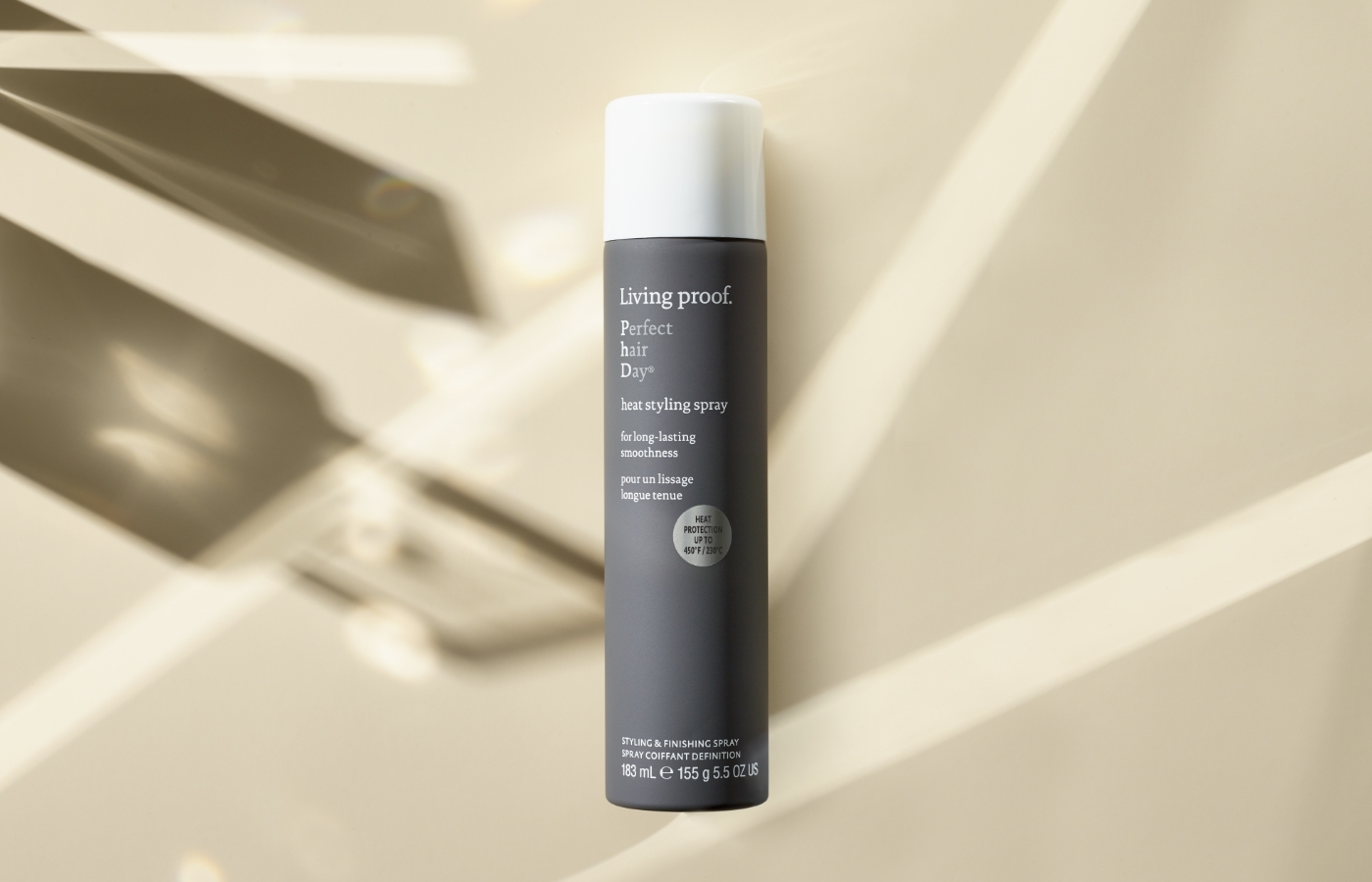
The 5 steps to perfect curly hair
If you’ve spent any time online, you’ve likely heard of what’s known as the “curly method,” a step-by-step process to caring for curly hair. This curly hair regimen consists of the following:
1. Cleanse
Curly hair tends to have a higher porosity than straight hair, which means that it’s more likely to absorb moisture. On the flip side, this also means that curly hair has a harder time retaining moisture, so it’s important to use products that restore moisture to the hair rather than strip it. When choosing a shampoo for your curly hair, look for one that’s free from sulfates, parabens, and harsh surfactants, all of which can cause hair to dry out.
When cleansing your curly hair, concentrate on your scalp, gently massaging shampoo in with your fingertips. Applying product to your scalp and then letting it run through the length of your hair, rather than applying it directly to your ends, can help prevent your curls from drying out.
2. Condition
To keep your curls healthy and full, you’ll need to add as much moisture as possible, starting in the shower. Liberally apply a conditioner formulated for curly hair from the hair shaft to your ends, letting it sit for several minutes; this is essential, as it enables your curls to soak up as much moisture as possible. You can also use this time to detangle your hair, using a wide-toothed comb to gently work through sections. Once you’re finished, rinse your hair with cool water to close the cuticle and lock in moisture.
For an added dose of moisture, apply a leave-in conditioner to your hair after you get out of the shower. You can also try replacing your usual conditioner with a deep-conditioning mask on a semi-regular basis.
3. Style
For best results, start styling your hair while it’s still wet. Which products you use will depend entirely on your curl pattern — for example, a curl enhancer is designed for wavy hair, a curl definer for curls, and a curl elongator for coils. You might also consider a styling serum to prevent frizz or a shine oil to keep your curls looking glossy.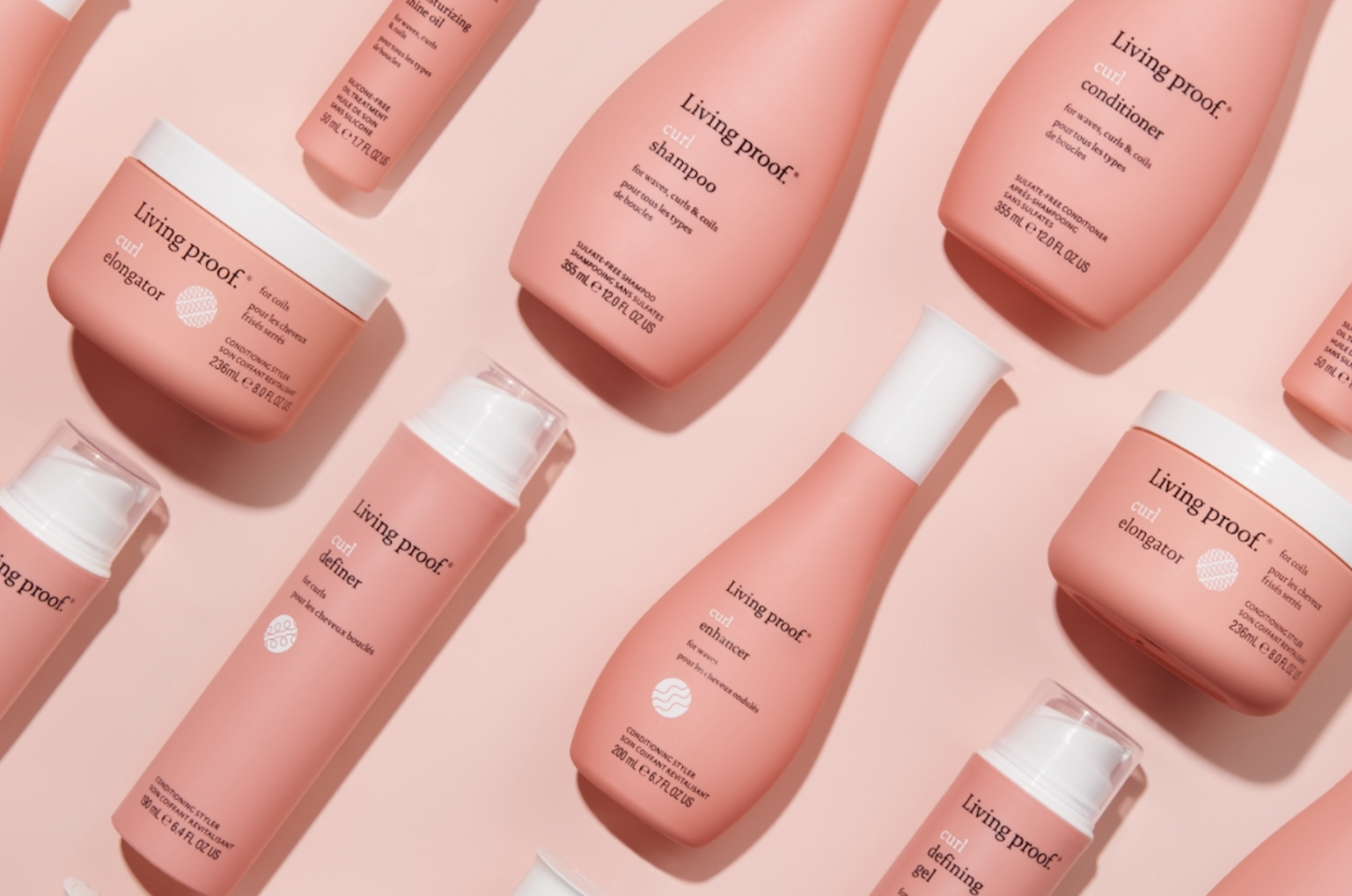 4. Dry
4. Dry
To dry your hair, begin by squeezing out any excess water. Opt for a microfiber towel or t-shirt when doing so, as they’ll cause less friction and be more gentle on your curls than a regular towel. You can prevent additional dryness and damage from heat styling by letting your curls air-dry. However, if you don’t have time to wait for your hair to dry, you can apply a heat protectant and use a blow-dryer with a diffuser attachment to separate, define, and dry your curls.
5. Maintain
Once your curls are set, try to avoid touching them too often, as this can disrupt your natural curl pattern and cause it to lose definition. To keep your curls looking fresh between washes, try misting them with a water and conditioner mixture, and sleep on a silk or satin pillowcase to reduce friction and prevent breakage.
Create the best curly hair routine for your curl pattern
Although anyone with wavy, curly, or coily hair can benefit from the curly hair method, you’ll want to tailor your approach to make the most of your natural texture.
A few things to keep in mind:
- Wavy hair often needs an extra boost to bring out its natural texture. A curl enhancer can maximize texture without adding weight, as well as provide protection against frizz.
- For curly hair to look its best, you need to gather strands together to form small bunches, or curl groupings. A curl-defining conditioning cream can help you form defined, intact curl groupings and keep your hair looking bouncy and soft.
- Coily hair is most susceptible to drying out, and so needs an additional dose of moisture, which a moisturizing mask or leave-in conditioner can provide. A curl elongator can also help you form consistent, elongated curl groupings from root to tip and reduce shrinkage.
You can also apply a curl-defining gel to any curl pattern to add hold and definition to your hair, without adding weight or crunch.
9 tips to care for your curly hair
Your hair is unique, which is why it’s important to develop a curly hair routine that works best for you. That being said, there are a few tried-and-true curly haircare tips that will improve the natural texture, volume, and vibrance of a range of curl types.
Wash less
Washing your hair on a regular basis helps rid your scalp and strands of dirt, excess oil, product or hard water buildup, and more, all of which can leave your curls feeling heavy and looking dull. However, washing your hair too often can cause it to dry out — something those with curls need to be more mindful of due to their hair’s high porosity.
But high porosity isn’t all bad: It can prevent hair from retaining too much oil, making it less susceptible to looking oily or greasy. Your hair’s natural curl pattern also makes it more difficult for sebum to travel down the hair shaft, enabling you to extend your time between washes. Less washing will not only lead to healthier, more moisturized curls, but can also save you time and prevent heat damage from excess styling.
To get the most mileage out of each wash, try incorporating a dry shampoo into your curly hair regimen.
Blow-dry your hair the right way
Although it prevents heat damage to your curls, air-drying can take a significant amount of time, which isn’t always conducive to a busy, on-the-go lifestyle. If you have places you need to be but still want full, healthy-looking curls, try adding a diffuser attachment to your blow-dryer.
Diffusers are specifically designed to disperse air evenly, reducing the amount of heat your curls are exposed to. This not only protects your hair from heat damage and frizz, but can also help define your curls, enhancing your natural texture. Be sure to apply a heat protectant before blow-drying to further prevent any damage to your hair.
Skip the brush
Brushing out curls not only makes them lose their shape, but can also cause friction, which may lead to frizz. Rather than reach for a traditional paddle brush, use a wide-toothed comb or even your fingers to gently detangle your hair. A moisturizing oil can make it even easier to detangle your curls — as well as add shine — by smoothing your strands.
Use products specifically formulated for curly hair
Curly hair is different from straight or even wavy hair and, therefore, requires different products to look and feel its best. When choosing products to add to your curly hair routine, be sure to select ones formulated for your hair type and texture, taking your specific curl pattern into consideration. Try to choose products that avoid ingredients such as sulfates, parabens, silicones, and harsh surfactant blends and that include hydrating elements to nourish your curls.
Choose the right styling products
The right styling product can mean the difference between dull, flat hair and full, voluminous curls. But not all styling products are made alike — some are formulated with specific curl patterns in mind, so it’s important to choose wisely.
As a reminder, curl enhancers are intended for wavy hair, curl definers for curly hair, and curl elongators for coily hair. All hair types can benefit from moisturizing treatments, such as leave-in conditioners and hair masks, as well as curl-defining gels.
Protect your hair while you sleep
Want to avoid waking up with flattened curls, frizz, and tangles? There are a few measures you can take to protect your curls while you sleep, including sleeping on a silk or satin pillowcase, wearing a headscarf or bonnet to bed, and applying an overnight treatment. To restore your curls after a good night’s sleep, try adding a curly hair strengthening treatment to your routine and misting them with a combination of water and conditioner — or, better yet, a repairing spray.
Take care of your scalp
You may be surprised to learn that your scalp’s health contributes to your hair’s overall health, including flexibility,3 growth, and retention4. To achieve a healthy scalp — one free from buildup, flakiness, and inflammation — avoid products that include harsh chemicals, limit your sun exposure, and develop a consistent wash routine. If you want to go the extra mile, try applying an overnight revitalizing treatment directly to your scalp and giving yourself regular scalp massages to boost circulation.
Use regular sun protection
Speaking of sun exposure, too much time under UV rays can not only damage your scalp, but also cause your curls — which are already prone to moisture loss — to dry out. To prevent sun and UV damage, put on a hat or apply a UVB-resistant leave-in treatment before heading outside and seek shade whenever possible.
Schedule regular trims
No curly hair routine is complete without regularly scheduled salon appointments. Curly hair is often prone to split ends and breakage, which can, over time, compromise the integrity of your curls. Seeing your hairstylist on a regular basis, even if only for a trim, can help preserve your curl pattern and promote healthier hair growth.
Frequently asked questions
Q: How can I prevent breakage to my curly hair?
A: To prevent breakage and other damage to your curls:
- Avoid products formulated with harsh ingredients, such as sulfates, parabens, and surfactants.
- Consistently use moisturizing products, including leave-in conditioning treatments.
- Use a wide-toothed comb or your fingers to detangle rather than a paddle brush and work slowly in sections.
- Avoid heat styling where possible — and, if you do use heat styling tools, apply a heat protectant beforehand.
- If you need to blow-dry your hair, use a diffuser attachment to disperse hot air more evenly.
- Wrap your hair in a headscarf or bonnet before going to bed.
- Wear protective hairstyles.
- Get regular trims at your local salon.
Q: How often should I deep-condition my curly hair?
A: How often you deep-condition depends entirely on your curl pattern, though the general rule of thumb is once or twice a month. You can adjust your frequency depending on how often you wash your hair, and other factors such as dryness, damage, or exposure to sun and other environmental stressors.
Q: How can I refresh my curls on non-wash days?
A: You can refresh your curls on non-wash days by misting them lightly with a combination of water and conditioner. Apply the mixture to sections of your hair, gently scrunching to revive and reshape your curls. This adds much-needed moisture to your hair, helping your curls stay full and vibrant.
Q: What’s the best way to protect my curls from humidity?
A: Humidity in the air can cause your curls to look heavy or exacerbate frizz. To avoid this, apply frizz-fighting products such as a smoothing style cream, spray or serum, or a vanishing oil.
Q: What is hair plopping?
A: Plopping is a styling technique for curly hair that involves applying styling products to wet hair and then wrapping it in a towel or t-shirt to dry. An alternative to heat styling, plopping is meant to enhance curl definition and reduce frizz by allowing your curls to set in their natural shape as they dry.
- PeerJ, “The structure of people’s hair, https://www.ncbi.nlm.nih.gov/pmc/articles/PMC4201279/”
- Proceedings of the Royal Society A: Mathematical, Physical and Engineering Sciences, “The what, why and how of curly hair: a review, https://www.ncbi.nlm.nih.gov/pmc/articles/PMC6894537/”
- International Journal of Cosmetic Science, “Role of scalp health in achieving optimal hair growth and retention, https://onlinelibrary.wiley.com/doi/full/10.1111/ics.12708.”
- International Journal of Trichology, “Scalp Condition Impacts Hair Growth and Retention via Oxidative Stress, https://www.ncbi.nlm.nih.gov/pmc/articles/PMC6369642/.”


